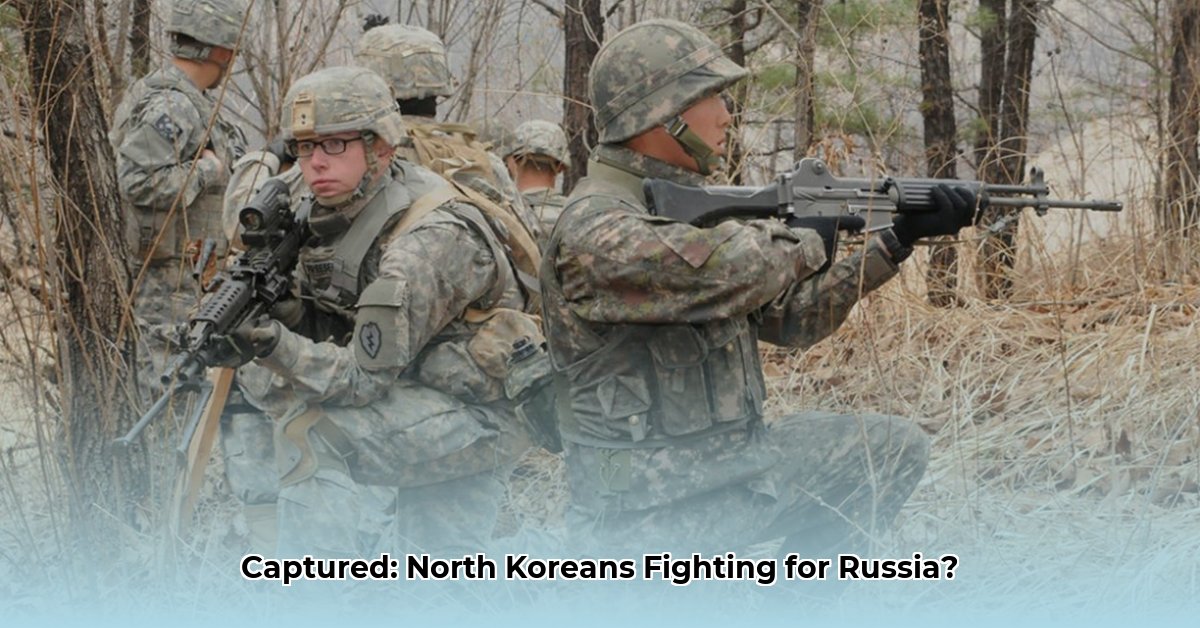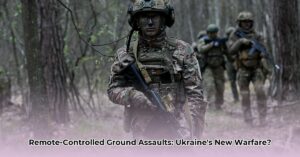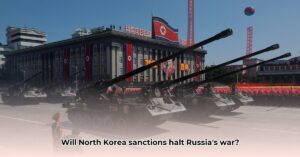North Korean Soldiers Allegedly Captured Fighting Alongside Russian Forces
Ukrainian President Volodymyr Zelenskyy announced on Saturday the capture of two soldiers allegedly from North Korea, fighting alongside Russian troops in the Kursk region of Russia. Zelenskyy released photographs of the purported captives, but independent verification of their identities and nationalities remains pending. The incident raises significant questions about the extent of North Korea’s involvement in the Russia-Ukraine war.
The photos, depicting two wounded men, were shared by Zelenskyy on Telegram. One individual appears to have injuries to his jaw, while the other has bandaged hands. The authenticity of these photos is crucial to corroborating Zelenskyy’s claims, and efforts to verify them are likely underway.
The alleged capture took place in Russia’s Kursk region, an area that saw Ukrainian forces pushing into Russian territory last year. This location raises questions about the specific circumstances of the capture and the nature of North Korean involvement in this area.
Why North Korea Might Be Involved
Rumors of North Korea’s involvement in the Ukraine war have circulated, but this capture, if confirmed, would provide more concrete evidence. Several theories attempt to explain North Korea’s potential motivations. Financial incentives, given North Korea’s economic struggles under international sanctions, are a likely factor. Another possibility is an exchange of soldiers for Russian military equipment or other forms of aid. These potential motivations underscore the complex geopolitical dynamics at play.
The Security Service of Ukraine (SBU) confirmed the capture and stated they are providing medical care to the soldiers. The SBU also noted a language barrier, requiring Korean interpreters, further suggesting the soldiers may indeed be North Korean.
This incident, if verified, carries significant international implications. It could further strain relations between North Korea and Western nations, potentially leading to increased sanctions and diplomatic pressure. It could also further isolate Russia on the global stage. The potential for this incident to escalate the conflict is a serious concern requiring careful consideration.
| Aspect | Current Information | Unanswered Questions |
|---|---|---|
| Captured Soldiers | Two men identified by Zelenskyy as North Korean soldiers, shown in photographs | Independent confirmation of their identities and nationalities |
| Location | Kursk region, Russia | Specific circumstances surrounding the alleged capture |
| North Korea’s Role | Suspected involvement, potentially evidenced by this capture | Motivations (financial, military, strategic) for supporting Russia |
| Geopolitical Impact | Potential to strain international relations | Effects on relations between North Korea and the West, Russia’s standing, and escalation of conflict |
Examining the Evidence and Potential Implications
The key evidence presented by Ukraine thus far rests on the photographs released by Zelenskyy. Independent verification of these photos and the soldiers’ identities remains a critical step in confirming the claims.
Ukrainian officials state that one of the captured soldiers possessed no identification, while the other carried a Russian military ID belonging to an individual from Tuva, a Russian republic. This discrepancy raises questions. Is it an attempt to conceal North Korean involvement? Or is there another explanation? Further investigation is needed to clarify these details.
Ukraine estimates that between 10,000 and 12,000 North Korean troops are currently operating within Russia, predominantly around the Kursk region. They also claim hundreds of North Korean casualties. However, these figures lack independent corroboration and should be viewed with caution.
The captured individuals reportedly stated they believed they were being sent to Russia for training, not combat in Ukraine. This raises the possibility that they were misled or coerced into participating in the conflict. If verified, these statements could shed light on North Korea’s recruitment practices and raise ethical questions about the soldiers’ involvement. Adding weight to the initial claims, the U.S. has confirmed that North Korean troops are indeed fighting in Ukraine, bolstering Ukraine’s narrative. However, the precise number of troops deployed and the nature of their involvement remain unclear.
Location and Timing of the Alleged Capture
The alleged capture occurred in the Kursk region of Russia, a strategically significant area bordering Ukraine that experienced cross-border clashes last year. This context raises questions. Does the capture suggest ongoing, undisclosed cross-border operations? Or is there a different explanation?
The timing of the capture raises questions, too. While reports surfaced in January 2025, the actual capture likely occurred earlier, possibly in 2023 or 2024. Clarifying the timeline is essential for a complete understanding of events.
Unanswered Questions and Ongoing Investigation
This developing story presents numerous unanswered questions. What is the precise number of North Korean troops operating in Ukraine? What specific roles are they fulfilling? What will happen to the captured soldiers? How will North Korea and Russia respond to these allegations? How will this incident impact international relations and the ongoing conflict?
Independent verification of the information from Ukraine, including the photographs and the soldiers’ statements, is paramount. The SBU’s investigation into potential war crimes, specifically alleged violations of Article 437 of the Ukrainian Criminal Code related to waging aggressive war, adds another layer of complexity.
Zelenskyy’s invitation for journalists to meet with the detainees suggests an effort to increase transparency. However, access to an active war zone is challenging and poses logistical and security risks. Continued investigation and reporting are essential to unraveling the complex details surrounding this incident and its implications for the broader conflict. The situation remains fluid, subject to change as new information emerges. Caution and reliance on credible, verified sources are crucial.







